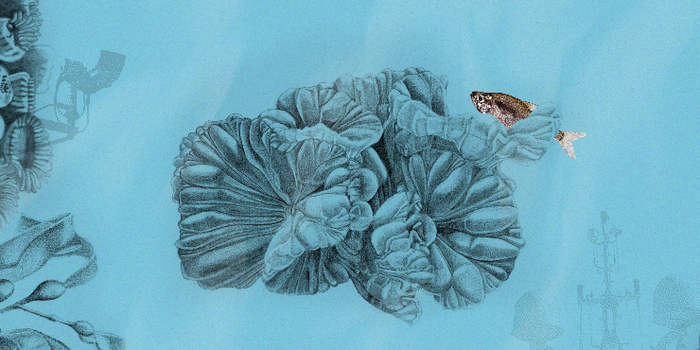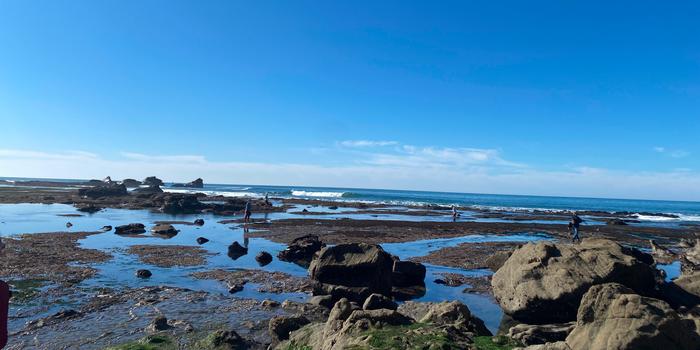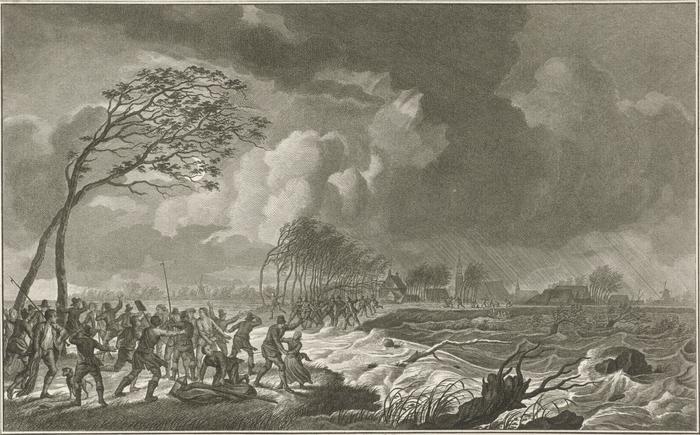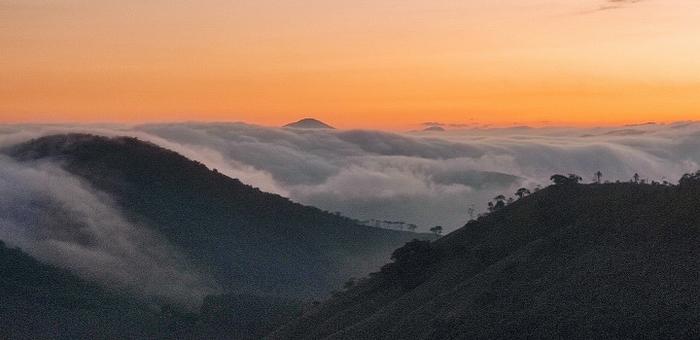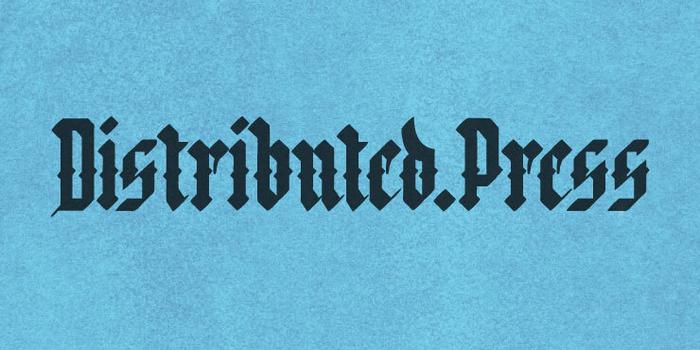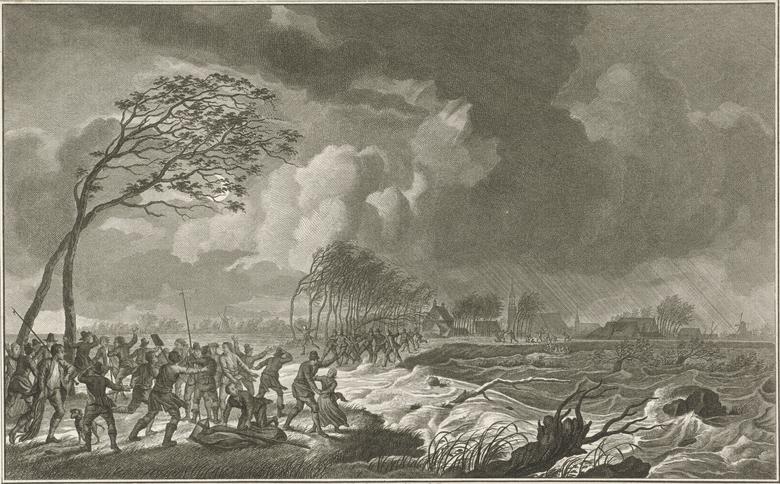
The Low People and Their Waters
Jens Kimmel
This is a story about my ancestors, whom I lovingly call the Low People. ‘Low’ because roughly half their lands infamously sat below sea level. Still, the majority of Dutch people live ‘below’ the water, from a few centimeters to five or six meters. Their country’s name is derived from this fact: the Netherlands (Nederland) means Low Countries. But Low People is a playful figure of speech that hints at something else too. My ancestors did not stand ‘above’ the water in any hierarchical sense. If anything, the water ruled them for a very long time, not the other way around. One persistent image of the Dutch as born heroes of water control and public management is therefore quite misleading. It took them a millennium to figure it out.
This story is about the first couple of centuries of that process told as a fable. It is about necessary cooperation, about the early, chaotic, and experimental collaborations and formations of collective rules and social structures; and it is about how water — and especially the risks that it posed — shaped those structures. Eventually, these were called waterschappen, and they live on to the present day.

The Low People — around 200,000 of them — lived in a place that was not yet called the Netherlands, stretching from the borders of the Ardennes forest to the West Frisian Islands in the North Sea. Their lands encompass vast areas of meadows, swamps, and forests. They lived on soils of clay and peat. They were fathers and mothers, brothers and sisters. They were believers, builders, and caregivers. Wood workers, lords, and priests. They were members of small communities. Above all, they were farmers.
In the West and in the North, the soil was mainly grass-covered peat. The farmers quickly made a discovery about the land: peat is mostly water. Sheep and horses could graze on it but, to be able to cultivate crops, they had to drain the place.
And so they began to dig ditches. Four ditches for each patch, they said, one on each side. Rows of twenty to forty meter rectangular strips of ground, interspersed by tiny ditches, all began to shape the Low People's lands.
They achieved a great deal: the land became ready for cultivation. For a hundred years — starting around the year 1,000 — the Low People grew rye, wheat, cabbage, onions, and fruits like apples and cherries. They became very knowledgeable about the soil. It seemed that only bad weather could ruin their harvest. The Low People thought they were clever by digging those ditches. What they did not know was that they had set in motion an irrevocable process.
.jpg)
By draining the peat of its water, it settled, causing the land to ‘sink.’ In some places it sank so quickly the Low People could almost see their lands dropping: around half a meter in a lifetime.
The Low People couldn't explain what happened, but they were confronted with the consequences: flood risk increased with each centimeter the land sunk. It remained not just a risk. The water presented an imminent threat to their livelihoods as they suffered from many floods, big and small. The Low People were God-fearing people. They believed the floods were a punishment for their sins, and named them after biblical characters, such as the Three Kings or Simon and Judas. There were so many floods that they soon ran out of names.

The Low People of the North: West-Friesland1
God was particularly unforgiving in the year 1170CE. During the All Saints Flood in West-Friesland, the waves of the North Sea broke through the dunes and wiped out several villages. The forest of the Creiler Woods was swallowed up by water. Hundreds of mothers, brothers, and daughters died. Some asked: Should we stay here? What if next time it's even worse? They felt left with two options: moving away to higher lands further inland, or to stay and try to protect their lands against the water. A few of them left, but most stayed.
Later generations would say water management was in the Low People’s blood, and that that was why they stayed. Certainly an intriguing thought, but quite far from the truth. Remember, these Lowlanders were no born heroes, but simple farmers. They stayed simply because they had grown attached to the lands and to its waters, even though these posed a threat.
The floods changed the Low People’s way of life. Disasters helped foster a sense of community. Low poets started to write ‘disaster poems’ and songs which the people chanted together. Priests and bishops preached of catastrophe but also of solidarity. Traumas were collective, and so was their processing.
In the aftermath of events, the Low People were not only thinking about God, though. Their children began to think that they too had a hand in the matter: “We can do something about this,” they said. Their parents and grandparents had dug ditches and turned swamps into farmland. Why not also put up a few sandy hills and protect their land from the sea?
Not a single Lowlander could build a seawall on their own, let alone maintain it. Solidarity not only made sense but it was also necessary. So they organized a meeting. Low Peoples came from Enkhuizen, Medemblik, and Bovenkarspel2 to convene and discuss building their first seawall, a dijck.
At this gathering, there was a flurry of questions:
“Where does the dijck start, and where does it end?”, one Lowlander asked.
“How high does it need to be?”, a farmer added.
“Who is going to do the work?”, said another.
The meetings were self-organized. Lowlanders’ descendants would later call this ‘bottom-up’ organizing. At the time such a distinction was superfluous because there was no clear ‘top’ — no state, no policies to comply with, no formal capitalist economy. Living in times like these made the Low People self-dependent and quite experimental. Honestly, they often did not really know what they were doing. But let’s cut them some slack. They were inventing collective water management from scratch. How can people be experts at something they have never done before?
More meetings followed where farmers discussed dikes and ditches. Eventually they decided: “The dijck will be two meters high and it will be two meters in all of our territories.” Years later — around the year 1233 — the seawall was raised by another 0.4 meters to a total 2.4 meters. The Lowlanders named it Westfriese Omringdijck3.
The Low People dug it all by hand. But constructing the dijck was not the end of it. They began to talk about maintenance. “How to share this important task?”, they asked. “Are the other villages to be trusted?” They were not used to making sacrifices for a community outside of their own. “Why should we do work at all, we are not even close to the water!”, argued those whose lands lay locked in, buffered by the surrounding villages.
The risk was indeed less eminent for them, less visible (perhaps like rising sea levels would be to generations living in the age of climate change). And so they agreed on the principle of adjoinment: the peoples whose lands directly adjoin the dijck have the greatest interest in it being well looked-after, so it is they who must look after it.
Did Lowlanders always fulfill their obligations? No — some outright refused to do the work, while others did it reluctantly. In the absence of strong enforcement, negligence was rampant. “Why is it me who is charged with these heavy tasks, while my neighbours don’t do anything and still benefit from my work?” they thought while skipping a week of maintenance. Crumbling dikes, flooded lands, and many deaths — the results of collective neglect were felt by everyone, including those living in the hinterlands. The Low People soon realized they needed rules and some way to enforce them. And so common monitoring boards emerged, which they called schouwcollege4.

The Low People of The West: Between Lek and Linge5
Let us leave those hard-headed West-Fries Lowlanders for a moment and move to the South, to the river lands of the mighty Lek and Linge. Why? Because it was here, in 1284, that twelve local lords6 came together to create one of the Low People’s finest, and earliest, schouwcolleges. The lords were landowners who lived off their lands, although usually not with a shovel in their hands7. They had a clear interest and stake in having dry feet, just like the communities of which they were part. And so they took matters quite seriously when they declared:
“We will maintain the dijck together, like we were brothers. Each community will take care of their part. Each year the schouwcollege will check the dijck three times, in all of our territories.”8 Soon after, they renamed their lands: Lands of the Five Lords. It is still not clear which five lords were considered more important than the other seven present that day.
.jpg)
By solving one question, another presented itself: “Who is going to sit on the board, exactly?” In their time, equal ‘representation’ – although the words did not yet exist – was deemed desirable and effective as to getting everyone on board. So that part was easy: each community got one permanent ‘quality seat,’ as the Low People liked to call it. But which of them would occupy these quality seats? It’s not like they were going to pay these board members. Yes, Lowlanders could be somewhat cheap at times, but they were not without ethics. Money corrupts, the Five Lords agreed, so they decided that what this important position required was intrinsic motivation. Serving on the common board was uncompensated, something that not all farmers could afford to invest. They argued: “We need people with some kind of property like land or cattle,” some people that, in other words, can afford the position.
Low People liked being specific, so they specified this further. How much cattle should one have, exactly? They ended up putting the threshold at six cows and one horse, or a the same number of gras9, as well as some income to cover meeting expenses.
They were of a proud kind, the Lowlanders, who cherished their local traditions in an almost sacred sense. On top of that, they were not confronted with a whole lot of difference, only because they seldom met other Low Peoples. How far a journey it was from the river Lands of the Five Lords to the southern plains of Vlaanderen10, or to the north-east clay soils of Groninga11! Several days easily, maybe more in times of heavy rains of which the Low People saw plenty. It is no surprise then, that great differences in governance arose. The people of the Lek and Linge settled on selecting common board members by appointment by the Lords, often for life12.Board members in the South got elected by owners of a few gras, whereas in the North they preferred rotation.
The Lek and the Linge kept overflowing, despite — or because of, as the Low People would find out later — having river dijcken. Lakes and rivers could swallow up huge swaths of land. In the eyes of the poet Joost van den Vondel13, lakes and rivers were “water wolves” fighting “lions” — the lands of Holland, his motherland. He wrote his poetry in different times than those of the early Lowlanders, who took a more humble stance towards the water.
The Low People dug ditches. They built their dijcken. They maintained them reasonably well. But they never controlled the water. Far from it. Words like water control or water management were strange to their ears and they did not dare utter such things. You cannot control water, as you cannot control God. At the same time, though, few Lowlanders were seen hurrying to church in times of a flood. Instead, they collaborated more and coined words of their own to describe these collaborations.
Polder is one of them.
Contributie.
Waterschap is another.
Words that are still around in the modern era, albeit with different meanings14. Except for waterschap, which in the 21st century still denotes water management bodies.

The Low People of the Center: From the Crooked Rhine to the Old IJssel15
“The dijcken are breaking at Odijk!16”, a local dike officer cried out before the common board of the Lands of Woerden, part of the Old IJssel and Crooked Rhine river basin. Each of the twelve communities in these lands sat on the board and a storm was raging over their homes and villages..
“The Old IJssel will also flood,” he warned, “if we don’t do something.” To his eyes the water was rising but, in reality, the river bottom was. Did the Low People know they had helped cause these very floods? How could they? All they saw was their dijcken keeping the river from overtaking the lands. But these same dijcken prevented the Old IJssel from laying down its sediments outside of its narrow river floor. Being so contained, sediment sank and made the water rise ever more.
“We cannot look after the dijck on our own anymore,” said another Lowlander after seeing the schout in despair. “It’s too risky for all of us,” he added. And risky it was. Adjoinment proved ineffective, so why should they keep it?
The Low People needed a lesson, but they learnt it the hard way. And so many voiced a different idea, verhoefslaging: everyone who benefits from dijck maintenance work must contribute, not only those whose lands adjoin the water. “And those who own large estates,” they added, “will do more than those who own little17.” To set these agreements in stone, they pounded small stone piles in the ground, visibly dividing the dijck into pieces.
Following the flood of the IJssel river, the count of Holland Floris V — who was also partially one of the lords of the Lands of Woerden18 — told his advisor that “what is done in one place is causing problems in another.” He was an astute observer. Two years earlier, the Low People of the Crooked Rhine built a lock, which caused the water levels of the Old IJssel to rise even further, breaking the dijcken as a result. A new river lock in one place was causing floods somewhere else. The Low People despised their neighbours for building it.
.jpg)
Count Floris V was not alone in thinking that not only did they need a dam in the IJssel but also the waterschap of the Lands of Woerden needed a wholesale upgrade altogether. He would have used the word professionalization, if only it existed then.
“From now on,” the Count Floris V announced to the schouwcollege of the Lands of Woerden, “the board will not rely anymore on local ‘amateurs,’ it will hire clever builders itself and it will collect omslag19 to pay for it.” What is more, he continued “I will install a dijckgraaf20 as a permanent member of the board to talk on my behalf.” These were not small changes for the Low People of Rhine and IJssel. In 1322, they received an official letter21 with the stamp of Holland on it formalizing these matters.

Autonomy or Democracy, or Both?
The Low People did not risk losing a whole lot of autonomy. After all, the lordly administration and authority was very limited. If anything, they felt their importance in local governance recognized when they received the Count’s letter. “He depends on us!”, one Lowlander exclaimed. She was not wrong. Halfway into the 14th century, the waterschappen had juridical power to enforce maintenance rules. They could even summon a special local ‘dike army’ in emergency situations, called the dijckleger22.
But while valuing their autonomy, the Low People felt the need for better coordination, for water management expertise, for the professionalization of their water works. Count Floris V shared this concern, but he had another potato in the fire, as the Lowlanders would say. Protected and productive land — of which he had plenty — were important moneymakers for him.
Getting to a market economy was neither Floris V’s grand master plan, nor the dream of the more libertarian-minded Lowlander, but the Count’s reforms sure bolstered the emergence of one. By this time money was circulating only in a few small cities in the West. But now, people across the Low Countries began levying a tax — the omslag — instead of doing maintenance23 in order to hire ‘professionals’ on a ‘labor market’.
Count Floris V and his modest administration sent dike letters to tens, perhaps even hundreds of waterschappen, recognizing and positioning them in regional governance. By this time, the Low People collaborated in no less than 2,652 waterschappen, scattered across the Low Countries24. Almost a third fell within Count Floris V’s jurisdiction, Holland, which made him a busy man.
Floris V sometimes dreamt of subjecting the Low People with a single stroke of his sword. He dreamt of an army a hundred times the size of the dijckleger, which would follow him and only him. Unfortunately for Floris, he woke up to a different reality. The waterschappen operated quite autonomously, and his dijckgraaf sat on the common board equally alongside the other members. Decisions were made in a participatory fashion, involving in principle every couple-of-gras-owning Lowlander on a one-man-one-vote basis. They organized meeting after meeting — the Low People did not seem to get tired of those — where all (only men) were welcome to participate and reach rough consensual decisions together.
Does this sound like a democracy? It did to some contemporary Dutchmen, who said that waterschappen ‘paved the way for Dutch democracy’. And it did look like it to some extent. But it certainly did not to most Lowlanders.
Is appointment for life really a fair practice?
Don’t property ownership requirements exclude people from participating?
Why aren’t there any women sitting on the common boards?
Isn’t chastising a bit harsh, what about human rights?
This is a modern mind wondering, not a Lowlander one. The Low People were very keen on their autonomy, not so much for an equal and democratic society, words they would not utter for a long time. Maybe some of them did speak of equality and democracy, but only much later, and only in dismay. One sitting member of a large waterschap25 in the West in 1588 said that “If we had to listen to the concerns of every land owner (i.e. farmer),” replying to the criticism that they weren’t, “we will have a manifest democracy!”
It was clear to him, that this was not desirable.
The Lowlanders, or the Dutch for that matter, were no purposeful inventors of democracy. Neither were they born public water managers. There was no linear process, there was only experimentation and responding to circumstance. And there was certainly no inevitable outcome. Contemporary – and quite successful – structures of public water management can be viewed as just the current stage in a chaotic and long-term interplay between people, their culture and their environments.
.jpg)
^^^^^^^^^^^^^^^^^^^^^^^^^^^^^^^^^^^^^^^^^^^^^^^^^^^^^^^^
This piece leans heavily on the book Consensus en Conflict. Waterbeheer in de Nederlanden 1200-1800 by Milja van Tielhof which, in turn, leans on the shoulders of many others.
- West-Friesland is a region in the East of the North Holland province of the Netherlands. Looked at using a map, North Holland forms the ‘upper left arm’ peninsula of the country. ↩︎︎
- Villages in the West-Friesland region. ↩︎︎
- Omringdijck refers to a dijck in the shape of a 'ring'. The ring was 'closed' in the year 1250, when it totalled a remarkable 115 kilometer. ↩︎︎
- Schouw means monitoring and college means board. ↩︎︎
- The Lek and Linge are two big rivers in the Netherlands, cutting right through the provinces South-Holland in the West, Utrecht in the Center and Gelderland in the East. ↩︎︎
- In the West and Center, there existed some degree of hierarchy early on that did not exist (at least up until the 13th century) in the North, including West-Friesland. Local lords and monastries owned small estates, lordship, which farmers worked. Lords often played a vital role in conflict resolution and, hence, enjoyed a degree of juridical power. ↩︎︎
- This is a time of feudalism, where there were independent farmers and villages but also many local lords who owned estates which farmers worked. There was a clear hierarchy in this but nothing like the state or market systems we have today. Lords were very much part of their communities and relatively close to peasant communities, which also enjoyed a remarkable degree of autonomy and freedom cultivating the lands. ↩︎︎
- This is a verbatim quote recorded in one of the oldest official written documents in the Dutch language. ↩︎︎
- A “gras” signified a cow pasture of around 0.5 hectares, sufficient to let one cow graze in the summer. ↩︎︎
- Vlaanderen now comprises the Northern part of Belgium. ↩︎︎
- Medieval name for Groningen, city in the North-East of the Netherlands. ↩︎︎
- Which was relatively short, it must be added: the oldest Lowlanders lived for fifty years. ↩︎︎
- Dutch Poet living in the 18th century. ↩︎︎
- These are three examples of words used to describe the same thing in different parts of the low lands. There were many more. Much later, in 1841, it was decided that waterschap would be uniformally used as an umbrella term for, by now, water management organizations. Interestingly, the contemporary meaning of the word contributie is non-profit membership fee, such as membership of an association, sports club or cooperative. Polder now indicates an historically drained strip of land demarcated by ditches and small canals. ↩︎︎
- The Crooked Rhine, De Kromme Rijn in Dutch, and the Old IJssel, the Oude IJssel, are two rivers ending in the South Holland province in the West of the Netherlands. ↩︎︎
- Village in the then Lands of Woerden, located in the current central province Utrecht. ↩︎︎
- They divided the maintenance of river locks and bridges this way too. One time a bridge was ‘split’ in two in order to establish fair shares of work. ↩︎︎
- The Lands of Woerden lay partially in gewest (province) Utrecht, partially in Holland. ↩︎︎
- The omslag was an obligatory monetary contribution to the waterschappen, which every lordship or community had to pay, usually according to their respective size and wealth. Lords or common board members were responsible for levying the toeslag in their communities. ↩︎︎
- A dijckgraaf (currently dijkgraaf) was a representative of the count or high lord of the territory in which the waterschap operated. ↩︎︎
- This was called a dijckbrief, or dike letter. ↩︎︎
- Leger means army and dijck means dike. In times of floods, or when dikes or river locks broke or were on the verge thereof, the boards of waterschappen could call on ‘every strong man’ of their territories to restore the dike, repair it, rescue people or otherwise. ↩︎︎
- An example of monetization: from in natura contributions to monetary contributions. ↩︎︎
- The Low Countries consistend of current Belgium and The Netherlands. ↩︎︎
- The Delfland waterschap. ↩︎︎

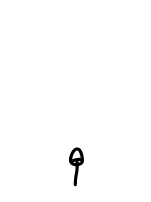
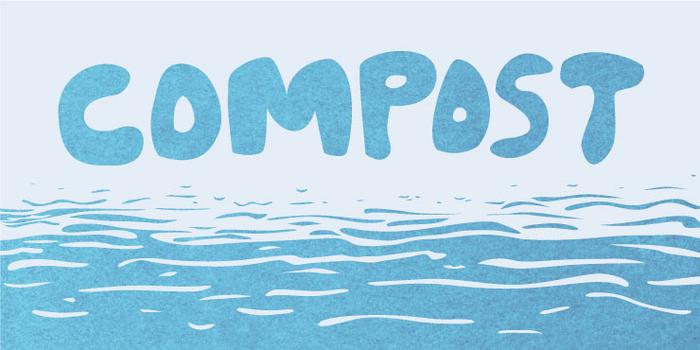
%20(3)_700x350.jpg)


_700x700.png)
